Latin America, chronicle of how this region became the new focus of the COVID-19 pandemic

The Polish-British sociologist, philosopher and essayist, Zygmunt Bauman, warned in one of his essays that "to practice the art of life or to make one's life a work of art is to remain in a state of permanent transformation, to perpetually redefine oneself by transforming oneself or at least by trying to become someone other than what one has been until now", without being aware that years later the world would be forced to transform itself by the appearance of an unprecedented health crisis. On 31 December 2019, the Wuhan Municipal Health Commission (Hubei Province, China) reported a cluster of pneumonia cases in the city, caused by a new coronavirus. The main disease of the age of globalization soon spread across the planet, completely transforming the world order.
The World Health Organization (WHO) called the disease that caused COVID-19 a pandemic, after the number of affected cases outside China increased thirteenfold in just two weeks. Since then, the new coronavirus has infected more than eight million people worldwide, while the death toll has exceeded 447,000. The epicenter of the pandemic has traveled around the globe in recent months, with the United States currently being the most affected country in the world, followed by Brazil with more than 955,000 infections and more than 46,000 deaths. More than twelve weeks after the adoption of the first quarantine measures, Europe has begun the process of returning to the so-called new normality, although at different rates. However, this new normality is still a mirage in Latin America, where this pathogen has spread at a fairly rapid rate between May and June, to such an extent that the WHO declared the American continent to be the new centre of the pandemic at the end of May, after this region surpassed Europe in terms of the number of cases.
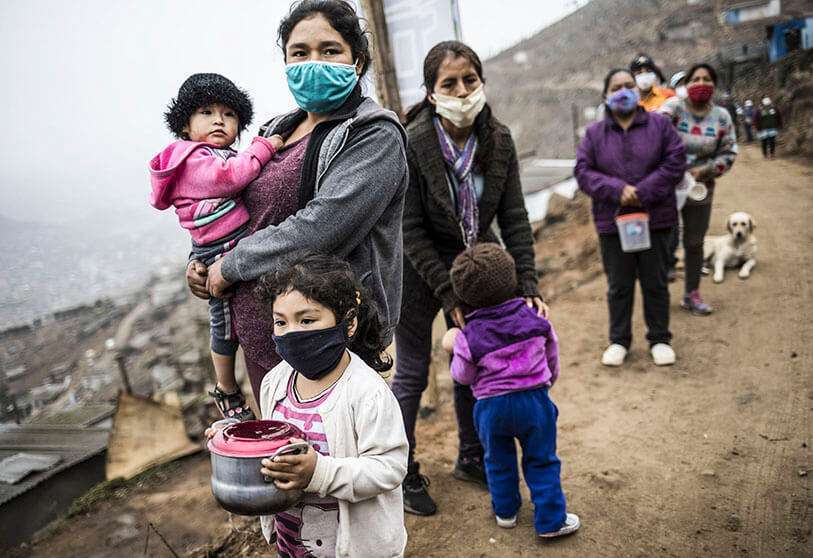
High rates of inequality and poverty in Latin America, failures in the health system or recent austerity policies implemented in several countries have brought Latin America to the brink. The region officially registered its first case on 26 February in Brazil. Three months later, there are more than 960,000 infected cases and at least 46,665 deaths in this country alone. Demonstrations confronting the supporters and detractors of ultra-right-wing Jair Bolsonaro have conquered much of the nation, as the reopening begins in some of Brazil's major states such as Sao Paulo, Ceará, Amazonas and Pará, four of the hardest hit by this health crisis. The pathogen that paralyzed the old continent began to do so quietly in Latin America. In this scenario, countries such as Peru, Salvador, Panama, Argentina, Chile, Colombia and Venezuela began to implement various measures to stop the spread of this disease and reduce the number of infections.
The coronavirus has now reached all 46 states and territories in Latin America and the Caribbean, including French Guyana and the Falkland Islands. The region has had the opportunity to tackle the pandemic with more foresight than Europe. Even so, these measures have not been enough to stop the spread of this virus, which does not only affect the weakest, as demonstrated by the President of Honduras, Juan Orlando Hernández, who announced on Tuesday that he had contracted COVID-19. In this context, weak health systems and poverty have the power to turn this health crisis into a humanitarian crisis.

The civic-military coup in Bolivia, the Argentinean debt and Bolsonaro's delusions were making headlines in the region until February 26. However, everything changed with the appearance of this pathogen. The situation that was being experienced in countries such as Spain and Italy led presidents like Argentina's Alberto Fernandez to decree the quarantine on March 19. "We are going to be absolutely inflexible, we are going to be very severe, because democracy demands it of us," declared the president at the time. Almost 90 days and six extensions later, the national Government has decided to extend this emergency situation until 28 June. "With the scientists and epidemiologists who are always advising us, we thought it was better to set a longer-term rule to end the anxiety that occurs every two weeks," the president said.

Carlos Arturo Álvarez, an infectious disease doctor and professor at the National University of Colombia explained to BBC Mundo that the problem in this region was to decree isolation measures when they were not necessary and not to apply these measures when there were hundreds of cases circulating in the states. "If there are no cases of coronavirus circulating in a country, there's no point in isolating me because I'm not going to achieve anything. And, conversely, if I wait until I have many cases circulating in the streets, it will be much harder to contain the spread when it is already dispersed," he said.
Mexico or Brazil have been two of the most criticized states for their late reaction to contain the new coronavirus. "Yes, the late position of the Mexican government's response to the epidemic worries me," said Guatemalan President Alejandro Giammattei in an interview with local radio last April. "People are still flying from the United States to Mexico, from Europe to Mexico, from China to Mexico, from Korea to Mexico, from all the places of infection they are going to Mexico," he warned, while expressing concern about the increase in cases in his neighbouring country. This health crisis, as in the rest of Europe, has been accompanied by an unprecedented economic crisis. The extent of the fall in GDP in these regions will depend on the length of the economic slowdown.

At present, Latin America faces the challenge of returning to the new normality without considering the number of cases or analyzing the weaknesses of the health systems. "Non-communicable disease (NCD) prevention and treatment services have been severely affected since the beginning of the COVID-19 pandemic in this region, according to a survey by the Pan American Health Organization and the World Health Organization . "This situation is very worrying because it puts people living with NCDs at greater risk of becoming seriously ill if they become infected with COVID-19 and die," said Anselm Hennis, director of PAHO's Department of Non-Communicable Diseases and Mental Health. Even so - according to this organization - the impact would have been much greater if these preventive actions had not been put in place to avoid overloading hospitals.
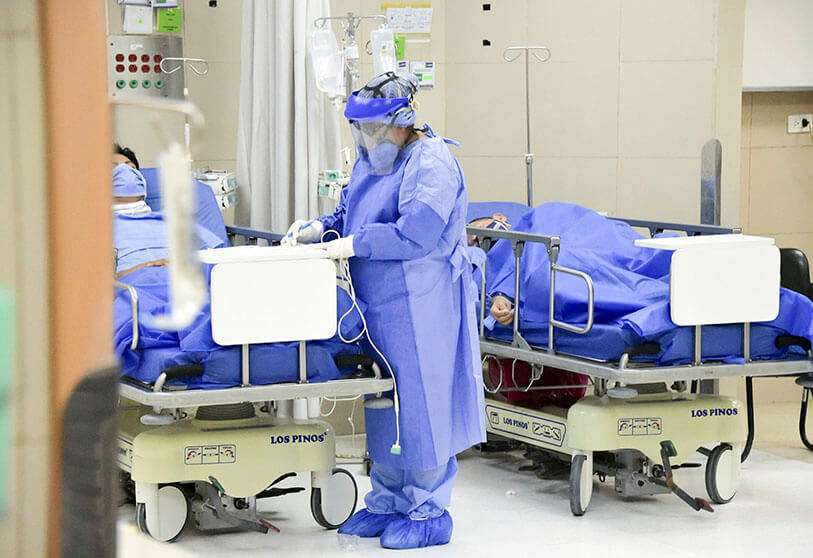
Globalization includes all those processes that promote human interaction in a wide range of spheres such as economic, political, social, or environmental. The current health crisis has highlighted the shortcomings of this system. Since last February, Latin America has repeatedly denounced the increase in imported contagion. "During the crisis in Europe, many Peruvians who study and work there returned to the country, as they did later from the United States. There we received the first important wave of infected people," Eduardo Gotuzzo, professor emeritus of the Cayetano Heredia University in Lima and former director of that institution's Institute of Tropical Medicine, told BBC Mundo. On March 3, one of the first cases in the region was confirmed, involving a 43-year-old Argentinean man, who returned home after a two-week trip to Milan, Italy. The number of cases from Europe increased over the next few days, highlighting the need to close borders and restrict the movement of people, as happened shortly afterwards.
However, the main difficulty facing Latin America at the moment is the inability of some countries' health systems to cope with a pandemic with these characteristics. Health workers work in precarious conditions and in places that are difficult to access, in addition to sometimes being victims of attacks, as has happened in Brazil, where the president urged the population to go to hospitals to check whether or not the stretchers were really being used. This situation mainly affects the most vulnerable populations, including the indigenous population, one of the great forgotten ones by the international community when analysing the impact of this health crisis.
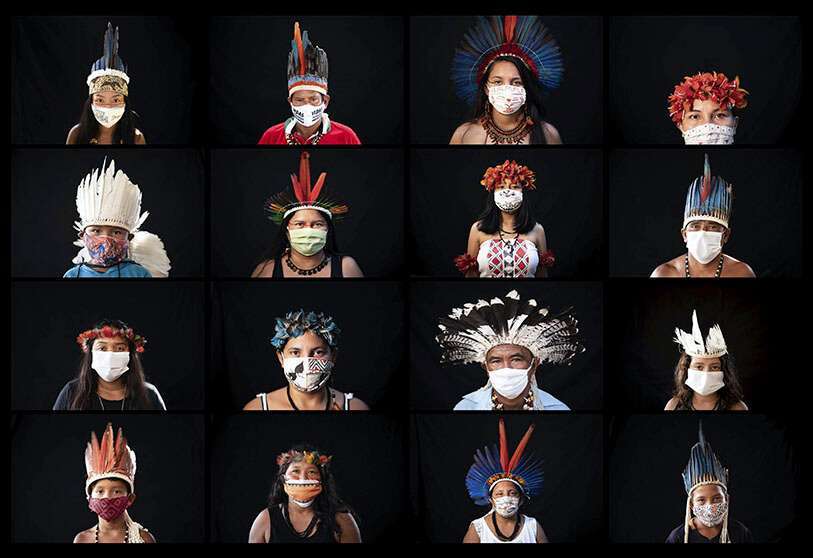
Limited access to health services and the reallocation of staff have further complicated the management of this pandemic. "Outpatient health services have been partially disrupted in 18 countries surveyed (64%), two have been completely disrupted, and in seven countries (25%) they have remained open. These interruptions have affected all types of care for people with non-communicable diseases, but even more so for diabetes, hypertension, dental care and rehabilitation services," PAHO warns.
"While most cases in the region have been reported in large cities, where economic inequality and population density fuel transmission, our data show a worrying trend toward high transmission in border areas," explained Pan American Health Organization (PAHO) Director and World Health Organization (WHO) Regional Director for the Americas, Carissa F. Etienne, on Tuesday. The importance of the border areas lies in the fact that it is in these regions that the most vulnerable population groups such as indigenous or migrant communities live.
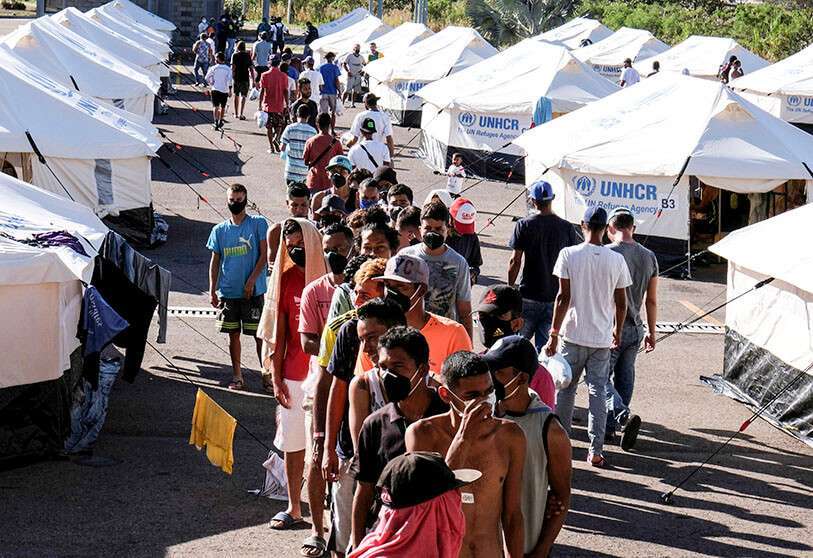
"The message is clear: now is the time for countries to increase their capacity to detect cases and care for patients; and to ensure that hospitals have the space, supplies and staff to provide the necessary care". These were the words used by Etienne just twenty days after the first case was detected in the region. Since then, there have been countries that have strengthened their hospital capacity, while others, less developed, have not been able to adapt to the needs created by this virus. Difficulties of access to outpatient systems and inequality between public and private systems have become one of the greatest challenges for the management and control of this pandemic.

Confinement is not synonymous with lack of transparency, as some Latin American countries have understood. In recent weeks, regions such as Venezuela or Brazil have been criticized for not publishing real data on the impact of this pandemic. The Venezuelan Ministry of Health stopped publishing epidemiological bulletins in May 2017. The latest available government statistics for 2016 reported a 30 percent increase in child mortality from the previous year. In this scenario, WHO fears that the data will be "inaccurate or incomplete" and that, as a result, the number of deaths and infections will be much higher.

The Pan American Health Organization has placed great emphasis on the need to end misinformation in the fight against COVID-19. The WHO warned in March that the coronavirus was accompanied by "massive infodemics, that is, an excessive amount of information - in some cases correct, in others not - that makes it difficult for people to find reliable sources and reliable guidance when they need it". In some places where there is no access to the Internet or other mass media, the infodemic virus has spread faster than this pathogen, in the face of the impossibility of accessing accurate information on the impact of this virus.
This fact has led thousands of people to not know what the main social distancing measures were or to use wrong treatments to stop the spread of this pathogen. Likewise, many countries in the region have criticized the attitude of Bolsonaro, who from the beginning chose to minimize the effects of the pandemic and encouraged people to continue working, against the warnings of his collaborators.
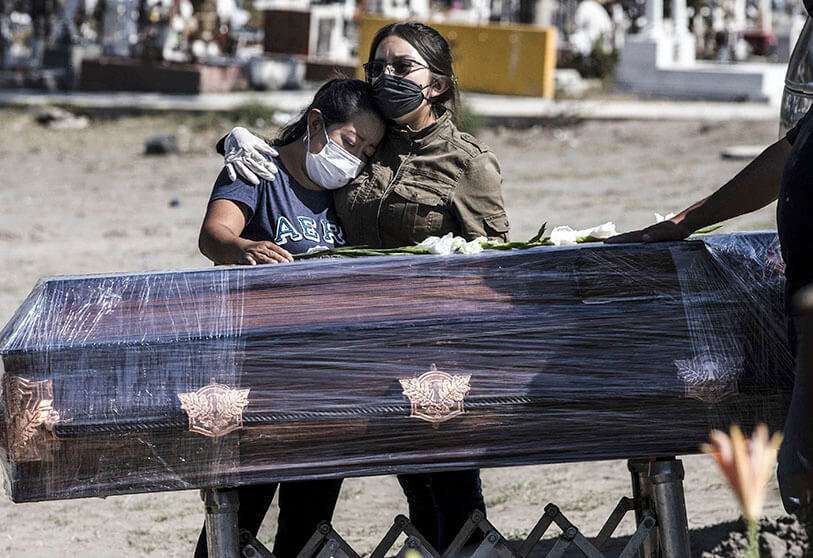
The current health crisis has put a strain on the imbalance between needs and public spending. However, the economic impact of this pandemic will be much greater in Latin America because of the problems the region faced before the emergence of this pathogen. The executive president of the Latin American Development Bank (CAF) Luis Carranza has analyzed the economic evolution of the region during an event celebrated on the occasion of the 50th anniversary of this organization. In 1970, Latin America accounted for 5.5 percent of international trade and 7.3 percent of world GDP. Fifty years later, this region accounts for 5.6% of world trade and 7.4% of global GDP. Carranza has stressed that this sense of stagnation is very different if we look at it decade by decade and analyze the situation of each of the countries. "As a region we have a problem of productivity and we also have infrastructure gaps, as well as low levels of integration that we have not resolved and that have led us to be the most unequal region in the world," he lamented.

The measures applied to reduce the spread of the virus have had a direct impact on thousands of Latin American families who depended on their work every day; a job they have had to give up in order not to put their health and that of their families at risk and because of the actions decreed by their own governments. The new coronavirus has highlighted the dilemma of unity and diversity that exists in this region, with many common aspects, but also characterized by the socio-historical particularities of each region. Be that as it may, the new focus of this pandemic has affected the very unique and diverse Latin America, as Professor Gerónimo de Sierra would define it; a continent that, at this time, is facing an unprecedented challenge: to reduce the impact of this health crisis to the maximum.









